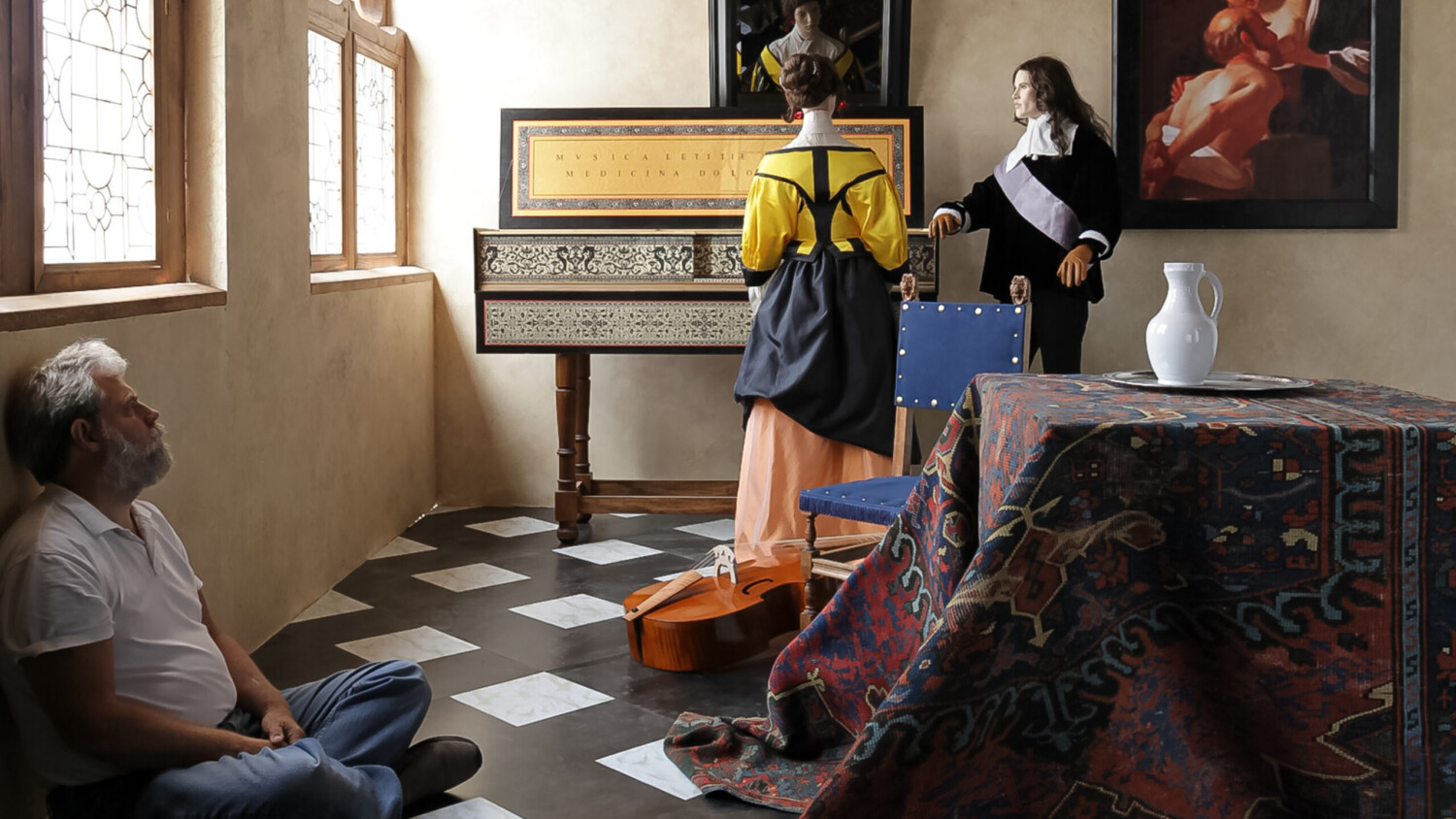Tim’s Vermeer: A Documentary on how to Paint as Accurate as a Camera
Previously I shared a video about six artists to study for architectural photography. Johannes Vermeer, the 17th-century Dutch master, was at the top of that list. More recently I watched “Tim’s Vermeer”, a documentary about one peculiar academic of Vermeer’s work.
The film is about Tim Jenison, his admiration for the photographic quality found in Vermeer’s work, and his (obsessive) quest to reproduce one of Vermeer’s masterpieces from scratch using optical aids.
Portraying the perceived world onto a canvas is a challenge. The idea that artists have used the knowledge of geometry and optics as tools for their work is not new. The documentary mentions and includes two authors and their respective books on the subject: “Vermeer’s Camera” by architect Philip Steadman and “Secret Knowledge” by artist David Hockney
Jenison is an inventor and creator of digital imaging software, not an artist. Therefore, to achieve his goal, he questions the techniques and mechanical means – a camera obscura variant – that Vermeer could have used to capture real-life scenes so realistically on canvas.
Check the trailer below to know more about Tim’s process. If you are interested you can easily find the full documentary on YouTube Movies and Amazon Prime Video.
After watching the film, I would like to add some architectural photography related notes:
Vermeer was (also) a staging master. Philip Steadman’s book, “Vermeer’s Camera”, analyzes several of Vermeer’s paintings and shows that they were painted in the same room. Using light modifiers and painting at different times of the day gives each of the paintings a unique mood.
Additionally, I find it fascinating that the analysis of the paintings has found characteristic traces that reveal the use of lenses. Deformation in the corners, out-of-focus elements and even chromatic aberration are captured in the paintings! In my opinion, the presence of these artifacts does not subtract from the artistic value of the paintings — if anything it makes them more interesting.
This makes me question post-production. Lately, I have made conscious decisions on what to leave unedited in my photographs. Light temperature changes (north is colder / south is warmer), color casts, and even lens flares are more and more recurrent in my work.
In the end, all these elements exist in reality and are only translated by the lenses and sensors we use, it’s up to each photographer how to treat the base generated by the camera. It all depends on the idea that wants to be transmitted.
Have you seen this documentary? Let us know your thoughts in the comments below.
